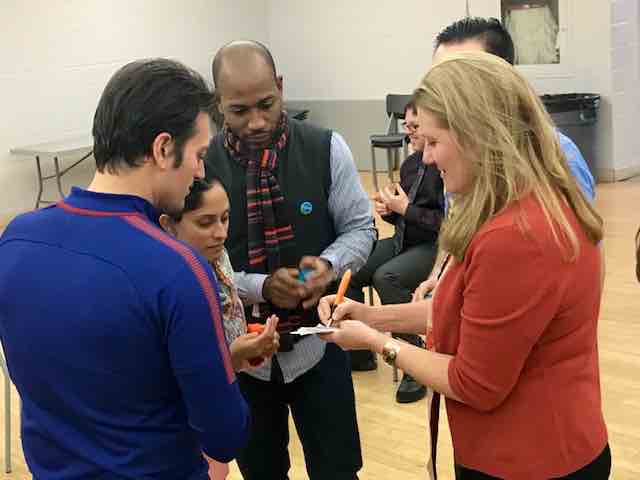Apr 04, 2019 Charades Race for Review and Formative Assessment
Excerpt from the Inspired Educator Blog Archives:
Back in 2011 I shared this activity here as a favorite strategy for harnessing the power of play to teach, review, and reinforce academic or training content. It has continued to be a favorite active review and even reflection activity. This updated descriptor is from the Inspired Educator Inspired Learner page 112-113.
 Purpose/Focus: active engagement, playful learning, academic review, formative assessment, differentiation, movement, multiple pathways to learning, vocabulary, reflection, social-emotional learning, 21st century skills, communication, collaboration, community building, creative thinking,executive functions, turn taking, self-regulation, focus, fair play, energizer, innovation
Purpose/Focus: active engagement, playful learning, academic review, formative assessment, differentiation, movement, multiple pathways to learning, vocabulary, reflection, social-emotional learning, 21st century skills, communication, collaboration, community building, creative thinking,executive functions, turn taking, self-regulation, focus, fair play, energizer, innovation
Materials: Index cards or paper and pen for facilitator, a clipboard can be helpful. Space for teams to spread out around the room.
Facilitation Suggestions:• Put together a list of at least as many concepts or words as there are members on each team.
• Divide participants into groups of 5 or 6, using the Which One? Team Dividing Activity on page 65 of Inspired Educator or this post from the Experiential Tools Blog.
• Some team members might have to act twice, and some might choose not to act and send another in their place (this built-in choice helps make the game work, though most people choose to act).
• Give groups time to strategize. For example, they can share charades signs for better communication.
• Have the first actors get their word from the facilitator. When teammates guess the first word, the next actor goes to get the next word.
• The first team to get through the list wins. In order to keep track of which word each team is currently trying to guess, make sure to have the new actors tell you the word their team guessed last.
• It can be fun to have teams show how they guessed/acted out some of the more difficult concepts. Most groups spontaneously start asking and sharing with the other teams about how they communicated more abstract ideas. This can lead to meaningful reflective discussions around the content, communication, and creativity.
 Success Moment: A middle school teacher asked me for an interactive way to initiate a class discussion about a book students were reading called The Giver (Lowry, 1993). Charades Race immediately came to my mind. Because I was unfamiliar with the book, I asked students to each write a person place or thing from the book on a paper and pass it to the front. The teacher and I chose the concepts while students strategized with their teams which meant they immediately started talking about the book!
Success Moment: A middle school teacher asked me for an interactive way to initiate a class discussion about a book students were reading called The Giver (Lowry, 1993). Charades Race immediately came to my mind. Because I was unfamiliar with the book, I asked students to each write a person place or thing from the book on a paper and pass it to the front. The teacher and I chose the concepts while students strategized with their teams which meant they immediately started talking about the book!
I was impressed with their buy-in and ability to communicate abstract concepts from the book. The best part was the reflective discussion that the students initiated when the game ended. They asked other teams how they acted out and guessed the more difficult concepts. This led to an in-depth discussion around their reactions to the book. The teacher reported back to me that students who had not been keeping up with their reading prior to our game were suddenly showing an interest in the book.
Outcomes/Reflections:
Charades Race works well for exploring characters in a book, events, or theoretical concepts. Enhance learning and ownership by giving participants the opportunity to lead the game. Ask if there are participants in the group who feel like they have enough knowledge of the concepts to come up with a review list for the game. This works best played in a second round when they understand the game. Teachers are often surprised by who volunteers and find out through the game who has mastery of the content.
Resources/References: This activity was inspired by a charades relay game, FEACH, I learned from my colleague Karl Rohnke who credits his co-author of Quicksilver Steve Butler for inventing the “Fast Foods, Electrical Appliances, and Comic Book Heroes” pantomime game.



No Comments